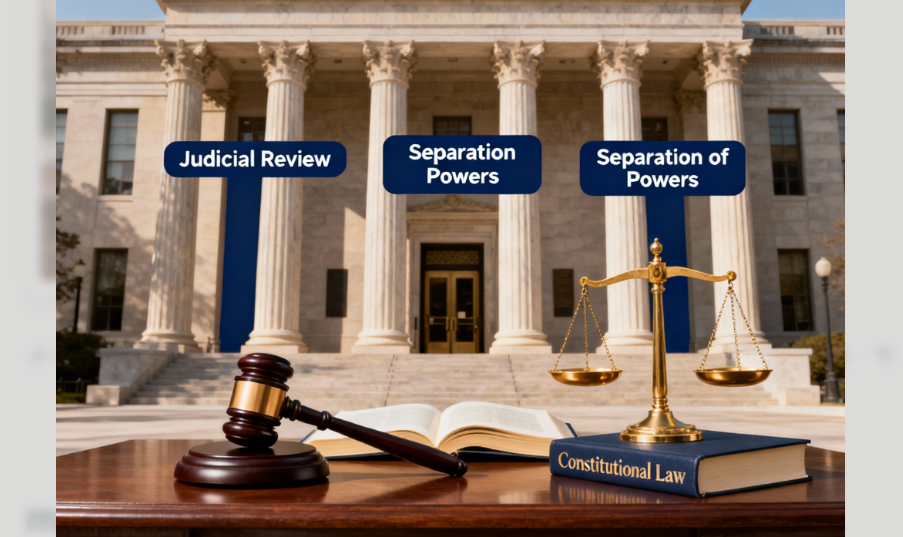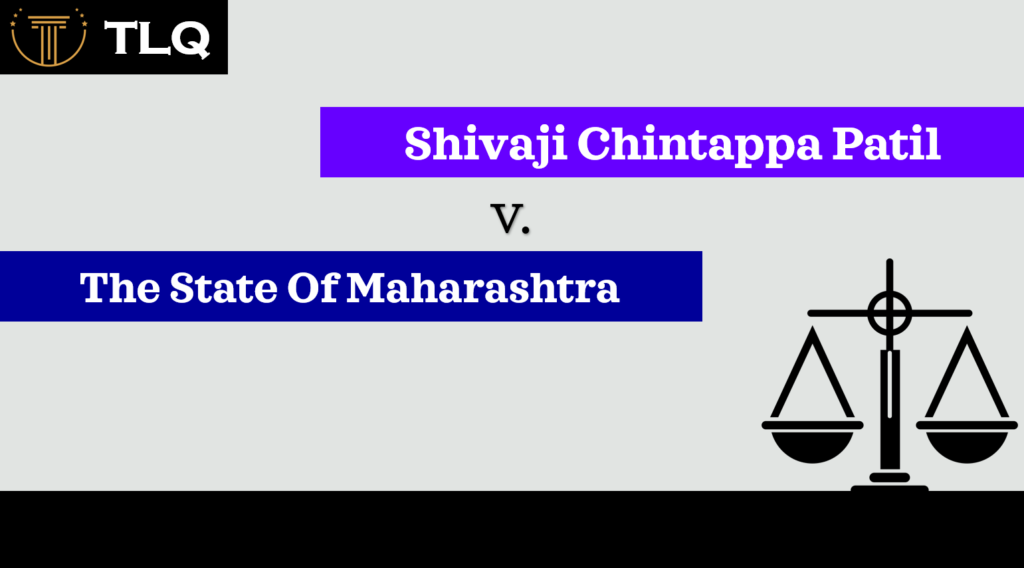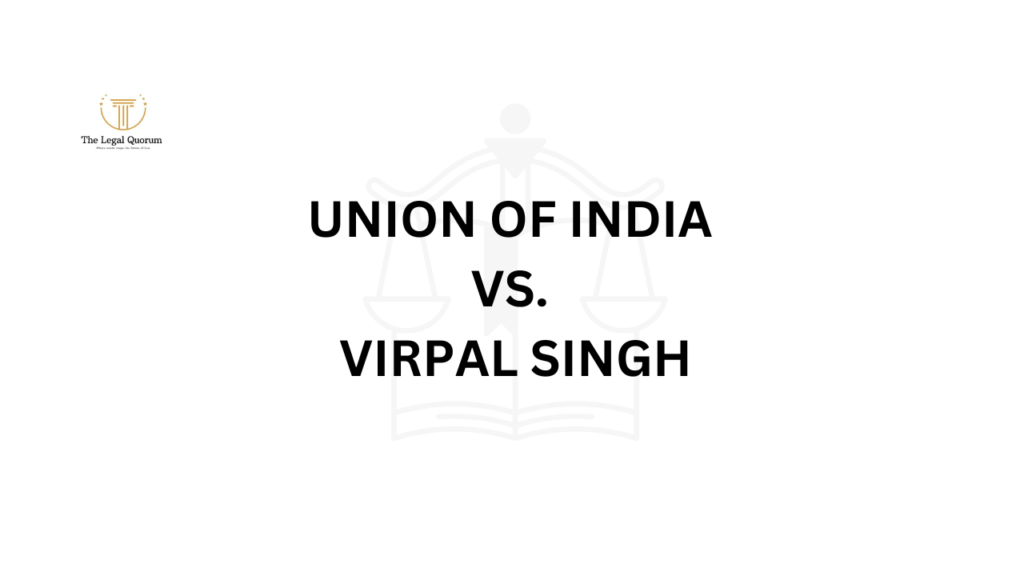Published On: 19th September, 2024
Authored By: Parnika Pasricha
Delhi Metropolitan Education Affiliated To Guru Gobind Singh Indraprastha University
Meaning of Arbitration
Arbitration is a method of resolving disputes that efficiently addresses conflicts between parties while avoiding the procedural complexities of traditional court proceedings. This process involves disputes being adjudicated by an individual or group selected by the parties involved, thereby streamlining the resolution process.
In Collins v. Collins (1858)[1], the court provided a comprehensive definition of arbitration. The case illustrated arbitration as a process where one or more individuals, with or without an umpire, are appointed to resolve a specific dispute between the parties. The court emphasized that arbitration involves the parties meeting with a neutral mediator, who facilitates the resolution of their conflicts. This process is characterized by a thorough examination of both sides’ arguments and relevant facts, to reach a mutually acceptable resolution.
Arbitration offers several advantages over traditional litigation. It can be voluntary, arising from an agreement between the parties, or court-ordered. In voluntary arbitration, the parties choose to resolve their disputes outside the courtroom, often to avoid the time and expense associated with formal litigation. Court-ordered arbitration, on the other hand, is mandated by a judge when the parties are unable to resolve their disputes through other means.
One of the key benefits of arbitration is its efficiency. By opting for arbitration, parties can avoid the lengthy and complex procedures of the court system. The process is typically more flexible, allowing parties to agree on the rules and procedures governing the arbitration. This flexibility can lead to a quicker resolution compared to traditional court cases.
Moreover, the decision rendered by an arbitrator is generally final and binding. Unlike court judgments, which can be appealed and reviewed by higher courts, arbitration awards are rarely subject to further judicial scrutiny. This finality can be advantageous for parties seeking a definitive resolution without the possibility of prolonged legal battles.
In summary, arbitration is an effective dispute resolution method that simplifies the process of resolving conflicts between parties. By utilizing a neutral mediator and focusing on a thorough examination of the facts, arbitration offers a streamlined alternative to traditional court proceedings. Whether voluntary or court-ordered, arbitration provides a final and binding resolution, with decisions typically upheld by courts.
Definition of Arbitration Agreement
Section 2(b) of the Arbitration and Conciliation Act of 1996[2] Defines an “arbitration agreement” as set out in Section 7.
Section 7[3] Explains the concept of an Arbitration Agreement, emphasizing it as a mutual understanding between the parties involved to resolve any disputes, whether general or specific, that may arise from a particular legal relationship, regardless of whether it is contractual or not. This agreement can take the form of an arbitration clause within a contract or a separate written agreement.
Furthermore, for an arbitration agreement to be considered valid, it must be documented in writing. This requirement can be fulfilled through various methods, such as a document signed by the parties, written correspondence such as letters or electronic communication, or an exchange of statements of claim and defence where one party acknowledges the agreement while the other does not contest it.
Additionally, if a contract refers to a document containing an arbitration clause and the contract itself is in written form, the arbitration clause is deemed to be incorporated into the contract.
In essence, an arbitration agreement is formed when two parties mutually agree in writing to settle any contractual disputes outside the judicial system with the assistance of an impartial third party, known as the Arbitrator. The Arbitrator, chosen by both parties, acts as a judge, and their decision is final and binding on the parties.
Moreover, the 1996 Act[4] Confers significant authority to the arbitration agreement. Section 8[5] Explicitly mandates that once a valid arbitration agreement is established, the court must refrain from examining the merits of the dispute and direct the parties to proceed with arbitration.
Upon the creation of an arbitration agreement, it must be respected in case of a disagreement. In the case of Ravi Prakash Goel v. Chandra Prakash Goel[6], the Supreme Court ruled that if a relevant arbitration agreement is in place, the parties cannot seek relief in civil court without first going through arbitration. Section 8 of the 1996 Act compels courts to refer parties to arbitration when a relevant arbitration agreement is present.
Different Forms of Arbitration Agreements
Section 7 of the Arbitration and Conciliation Act of 1996 in India outlines a comprehensive framework for the establishment of arbitration agreements.
One common approach involves the inclusion of an arbitration clause in commercial contracts, which serves as an indication of the parties’ shared intention to resolve disputes through arbitration.
Another method entails the adoption of an arbitration clause from a different contract, which may be recognized as an arbitration agreement under the Doctrine of Kompetenz-Kompetenz.
Furthermore, communication via letters or telecommunication can also give rise to an arbitration agreement, as evidenced by legal precedents such as Galaxy Infra and Engineering.[7], Murarji Savla[8], and S. N. Prasad[9]. These methodologies align with the stipulations outlined in Section 7(4)(b) and (c) of the Act[10].
Key Elements in Drafting Arbitration Clauses
The Supreme Court, in the cases of Jagdish Chander v. Ramesh Chander[11] and K. K. Modi v. K. N. Modi[12], analyzed the fundamental prerequisites for a valid arbitration agreement, and established essential principles that must be incorporated. These principles encompass:
- Written Documentation: The arbitration agreement must be recorded in writing.
- Agreement to Dispute Resolution: Both parties must consent to resolving any contract-related disputes through a private tribunal, whether existing or potential.
- Impartial Adjudication: The private tribunal should possess the authority to impartially settle disputes, allowing each party to present their arguments.
- Binding Acceptance: The parties must agree to abide by the tribunal’s decision.
- Explicit Statement: The intention to resolve disputes through a private tribunal must be explicitly declared.
- Mutual Understanding: There should be a mutual understanding between the parties, indicating a shared interpretation of the agreement.
- Mandatory Language: The language utilized in the agreement should demonstrate a commitment to arbitration rather than portraying it as an optional choice. Phrases implying discretion, such as “parties can, if they wish, refer their dispute to arbitration,” are inadequate.
- Absence of Exclusions: The agreement should not contain provisions that exclude any of the essential elements mentioned. For instance, a clause permitting the tribunal to decide without hearing both parties would render the agreement invalid.
It is crucial to emphasize that while precise drafting is preferable, an arbitration agreement does not necessarily require specific terms like “arbitration,” “arbitration tribunal,” or “arbitrator” to be deemed valid, as long as it encompasses the key elements delineated above.
Drafting of Arbitration Agreement
To enhance the effectiveness of arbitration agreements and address potential obstacles, it is recommended to take into account the following:
Number of Arbitrators
Selecting the appropriate number of arbitrators is crucial for an efficient arbitral tribunal. Complex disputes may necessitate multiple arbitrators, and both parties should have the chance to nominate their choices.
Previous Legislation: Under the 1940 Act[13], any number of arbitrators was permitted, but tribunals with an even number often encountered delays due to conflicting opinions.
Current Legislation: The 1996 Act[14], particularly Section 10, allows any number of arbitrators, as long as the number is odd, to avoid deadlocks.
Despite the potential for increased costs and scheduling challenges, it is generally preferable to appoint either a sole arbitrator or three arbitrators.
Procedure for Appointment
Section 11 of the 1996 Act[15] Gives parties the authority to establish their procedure for appointing arbitrators. If the parties cannot reach an agreement:
For a sole arbitrator, the court will make the appointment.
For three arbitrators, each party appoints one arbitrator, and the two appointed arbitrators select the presiding arbitrator.
Unilateral appointment by one party was common under the 1940 Act. However, recent amendments and the Supreme Court’s decision in Perkins Eastman Architects DPC & Anr v. HSCC (India) [16]Ltd has invalidated this approach to support party autonomy. Therefore, arbitration agreements should avoid granting appointment rights to only one party.
Language of the Proceedings
Determining the language of the proceedings in advance is essential to avoid communication issues, especially in international disputes. This proactive measure helps reduce significant translation costs and prevent delays.
Ad Hoc or Institutional Arbitration
When selecting between ad hoc and institutional arbitration, parties should take into account the following:
Ad Hoc Arbitration: Conducted based on procedures agreed upon by the parties, providing more flexibility and potential cost savings.
Institutional Arbitration: Managed by specialized institutions such as DIAC[17], the Nani Palkhivala International Arbitration Centre, and MCIA[18], which offers structured procedures, administrative support, and experienced arbitrators.
While ad hoc arbitration is more prevalent in India, the Arbitration and Conciliation Amendment Act, of 2019[19], aims to promote the adoption of institutional arbitration for its cost-effectiveness.
Seat and Venue
Historically, “seat” and “venue” were used interchangeably until clarified by the Supreme Court in Bharat Aluminium Company v. Kaiser Aluminium Technical Services Inc. (Balco)[20]:
Seat: Defines the jurisdiction of the court and the governing law for the arbitration.
Venue: Refers to the physical location where the arbitration proceedings are held.
The 2015 Amendment[21] Clarified that certain provisions of the Act apply to international commercial arbitrations even if the seat is outside India unless otherwise agreed upon.
In UOI v. Hardy Exploration and Production (India) Inc.[22], the Supreme Court clarified that “venue” refers solely to the location of the proceedings. In contrast, BGS-SGS SOMA-JV v. NHPC Ltd.[23] Established that if an agreement specifies a venue without mentioning a seat or governing law, the venue will be considered the seat.
Clearly defining the seat of arbitration is critical as it determines jurisdiction and applicable law. It is essential to specify the seat in the arbitration agreement to ensure that courts at the designated seat have exclusive jurisdiction over arbitration matters and that the arbitration is governed by the laws of that seat.
Conclusion
In conclusion, arbitration presents a valuable alternative to traditional litigation, offering an efficient and flexible method for resolving disputes. Understanding the key elements and legal considerations surrounding arbitration agreements is crucial for ensuring their effectiveness and enforceability.
At its core, an arbitration agreement functions as a contract where parties agree to submit disputes to arbitration rather than pursue litigation. This agreement must be clear, mutual, and documented in writing to be enforceable. Key elements include a well-defined scope, specifying which disputes are subject to arbitration, and the choice of arbitrators, whose qualifications and selection process can significantly impact the outcome. The agreement should also outline the rules governing the arbitration process, such as procedural aspects and the role of any umpire.
Legal considerations play a pivotal role in shaping arbitration agreements. Ensuring that the agreement adheres to statutory requirements, such as those outlined in the Arbitration and Conciliation Act of 1996, is essential for its validity. This includes meeting specific criteria for written documentation and incorporating necessary clauses that align with legal standards. Additionally, the agreement should address potential challenges, such as confidentiality, enforceability of the arbitral award, and the limited grounds on which an arbitration decision can be contested in court.
Arbitration offers several advantages over traditional litigation, including faster resolution, reduced costs, and greater flexibility. By agreeing to arbitration, parties can bypass the often cumbersome and lengthy court process, opting instead for a more streamlined and confidential dispute resolution mechanism. However, it is essential for parties to carefully draft their arbitration agreements, taking into account legal requirements and practical considerations, to fully leverage these benefits.
Effective arbitration agreements not only set the stage for a smoother dispute resolution process but also help mitigate potential conflicts and ambiguities. By incorporating clear terms, addressing procedural aspects, and ensuring compliance with legal standards, parties can enhance the likelihood of achieving a fair and efficient resolution. As arbitration continues to evolve as a preferred method of dispute resolution, a thorough understanding of its key elements and legal considerations remains vital for parties seeking to navigate and benefit from this alternative to litigation.
References
Shubham Sharma, Arbitration agreement: a primer and a checklist, I Pleaders, https://blog.ipleaders.in/arbitration-agreement-primer-checklist/ accessed 23 July 2024
Drafting an Arbitration Agreement, CMS Law Now, https://cms-lawnow.com/en/ealerts/1999/04/drafting-an-arbitration-agreement#:~:text=1.The%20Scope%20of%20the,the%20clause%20will%20be%20unenforceable accessed 23 July 2024
Arbitration Agreement under Arbitration and Conciliation Act, Law Bhoomi, https://lawbhoomi.com/arbitration-agreement-the-basics/ accessed 25 July 2024
Shivani Nair, Significance of the Arbitration agreement, I Pleaders, https://blog.ipleaders.in/significance-of-the-arbitration-agreement/ accessed 25 July 2024
[1] Collins v. Collins 28 LJ Ch 184: 53 ER 916
[2] Arbitration and Conciliation Act of 1996, s 2[b]
[3] Arbitration and Conciliation Act of 1996, s 7
[4] Arbitration and Conciliation Act,1996
[5] Arbitration and Conciliation Act,1996 s 8
[6] Ravi Prakash Goel v. Chandra Prakash Goel AIR 2007 SUPREME COURT 1517
[7] Galaxy Infra and Engineering Pvt. Ltd vs Pravin Electricals Pvt. Ltd AIRONLINE 2020 DEL 786
[8] Pravin Chandra Murarji Savla vs Meghji Murji Shah and Anr. (1998)1GLR778
[9] S.N. Prasad v. Monnet Finance Ltd. AIR 2011 SUPREME COURT 442
[10] Arbitration and Conciliation act, 1996 s 7[4] [b] [c]
[11] Jagdish Chander v. Ramesh Chander, (2007) 5 SCC 719
[12] K.K. Modi v. K.N. Modi 1998VAD(DELHI)418
[13] Arbitration Act, 1940
[14] Arbitration and Conciliation Act, 1996
[15] Arbitration and Conciliation Act, 1996 s 11
[16] Perkins Eastman Architects DPC & Another v. HSCC (India) Ltd. AIR 2020 SC 59
[17] Delhi International Arbitration Centre
[18] Mumbai Centre For International Arbitration
[19] Arbitration and Conciliation Amendment Act, 2019
[20] Bharat Aluminium v. Kaiser Technical Services, Civ App 3678 of 2007 (6 September 2012)
[21] Arbitration and Conciliation Amendment Act, 2015
[22] Union of India Vs. Hardy Exploration and Production (India) INC (2018) ibclaw.in 138 SC
[23] Bgs Sgs Soma Jv vs Nhpc Ltd. AIRONLINE 2019 SC 1720





